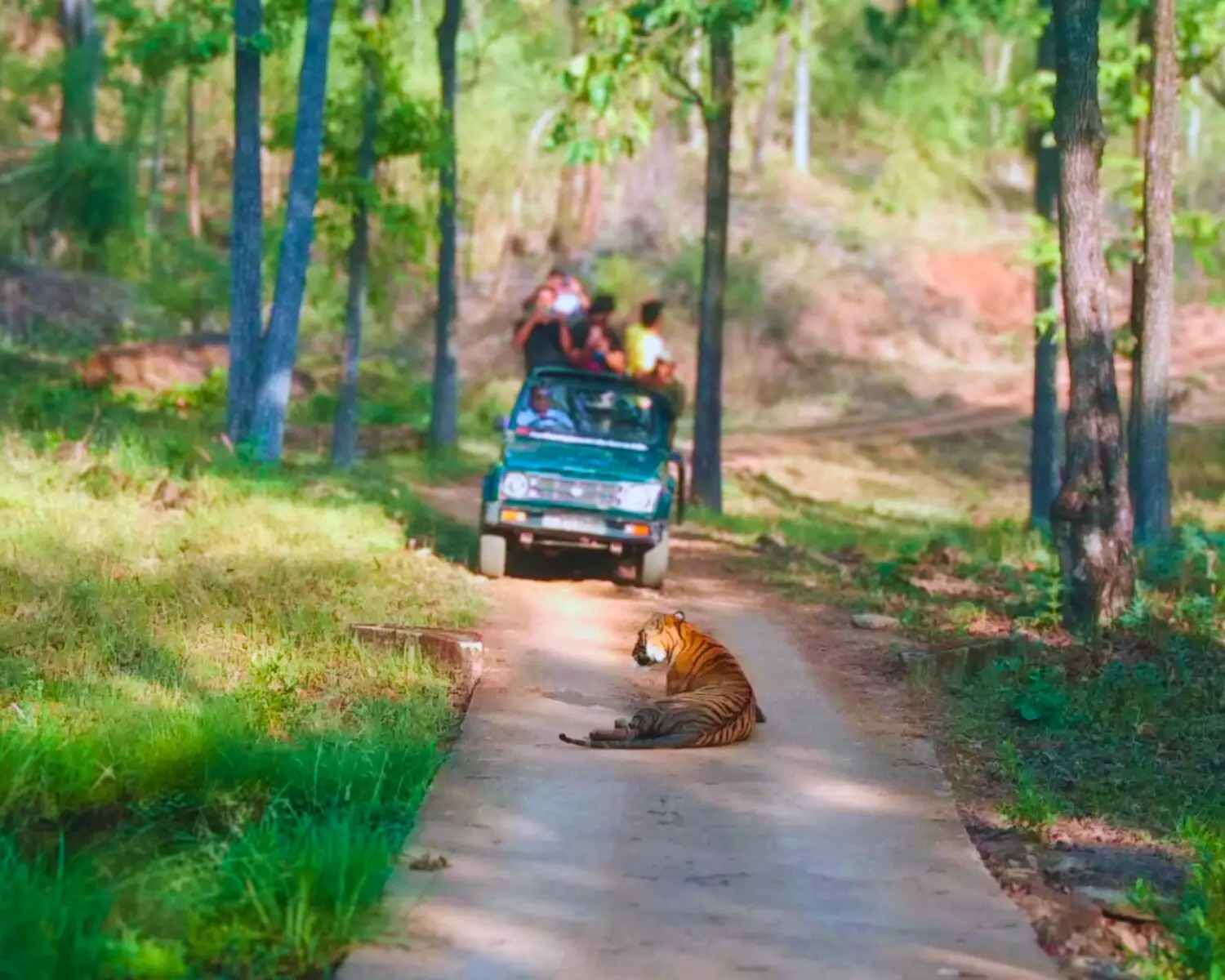Discover the Unforgettable Wildlife Safaris of Ranthambore, Kaziranga, and Sundarbans in India

India, a land of diverse landscapes and rich biodiversity, offers some of the most incredible wildlife experiences in the world. Whether you are a nature enthusiast, a photographer, or simply someone looking to escape the hustle and bustle of city life, India’s national parks and wildlife sanctuaries provide the perfect backdrop for an unforgettable adventure. This blog will take you through three of the most famous wildlife destinations in India: Ranthambore National Park, Kaziranga National Park, and Sundarbans National Park. We’ll also guide you on how to obtain an emergency travel visa to India, ensuring your trip is seamless and stress-free.
Ranthambore National Park: The Land of the Royal Bengal Tiger
Ranthambore National Park, located in the state of Rajasthan, is one of the largest and most renowned national parks in Northern India. Known for its significant tiger population, Ranthambore is the ideal place for spotting the majestic Royal Bengal Tiger in its natural habitat.
What to Expect:
-
Wildlife: Apart from tigers, Ranthambore is home to leopards, hyenas, sloth bears, and a variety of deer and bird species.
-
Safari Experience: The park offers both jeep and canter safaris. Opt for an early morning or late afternoon safari for the best chance of spotting tigers.
-
Historic Sites: The park also houses the ancient Ranthambore Fort and several picturesque lakes, adding a touch of history and beauty to your wildlife adventure.
Kaziranga National Park: The Rhino Haven
Located in the northeastern state of Assam, Kaziranga National Park is a UNESCO World Heritage site famous for its population of the endangered one-horned rhinoceros. The park’s diverse ecosystems include grasslands, wetlands, and dense forests, making it a haven for various wildlife species.
What to Expect:
-
Wildlife: Besides the one-horned rhinos, Kaziranga is home to elephants, wild water buffalo, and numerous bird species. It's also one of the best places to see the elusive Bengal tiger.
-
Safari Experience: Kaziranga offers jeep safaris and elephant safaris. The latter provides a unique vantage point for spotting rhinos and other wildlife.
-
Best Time to Visit: The park is best visited from November to April, when the weather is pleasant and wildlife sightings are more frequent.
Sundarbans National Park: The Enigmatic Mangrove Forest
Sundarbans National Park, located in the delta region of West Bengal, is the largest mangrove forest in the world and a UNESCO World Heritage site. Known for its dense mangrove forests and winding waterways, Sundarbans is the habitat of the infamous Bengal tiger, known locally as the “man-eater” due to its occasional attacks on humans.
What to Expect:
-
Wildlife: The park is home to Bengal tigers, saltwater crocodiles, spotted deer, and a variety of bird species.
-
Safari Experience: Unlike traditional jeep safaris, Sundarbans offers boat safaris. Exploring the park’s intricate network of rivers and creeks by boat provides a unique and tranquil wildlife viewing experience.
-
Adventure: Sundarbans offers a mix of excitement and mystery, with the chance to explore remote and untouched parts of the mangrove forests.
How to Obtain an Emergency Travel Visa to India
Planning a last-minute trip to India for a wildlife safari? Here’s how you can quickly obtain an emergency travel visa to India.
-
Emergency Visa to India: If you need to travel urgently, apply for an emergency visa. This type of visa is processed faster than regular visas.
-
Urgent Indian eVisa: The urgent Indian eVisa is available for those who need to travel to India on short notice. You can apply online and receive your visa quickly.
-
Online India Visa: Applying for an online India visa is straightforward. Visit the official Indian eVisa website, fill out the application form, upload the required documents, and pay the fee.
-
Indian e Visa Online: Ensure you have all necessary documents, such as a passport with at least six months of validity, a recent passport-sized photograph, and proof of your travel plans.
Tips for a Successful Wildlife Safari
-
Book in Advance: National parks in India have a limited number of safari permits each day. Book your safari well in advance to secure your spot.
-
Dress Appropriately: Wear neutral-colored clothing to blend in with the surroundings. Avoid bright colors that can scare away animals.
-
Carry Essentials: Bring along essentials like water, snacks, a hat, sunscreen, and a good pair of binoculars for better wildlife viewing.
-
Respect Wildlife: Maintain a safe distance from animals and follow the guidelines provided by your safari guide.
Conclusion
Embarking on a wildlife safari in India is a thrilling and enriching experience. Whether you're exploring the tiger-rich landscapes of Ranthambore, the rhino-filled grasslands of Kaziranga, or the mysterious mangroves of Sundarbans, each destination offers a unique glimpse into India's incredible biodiversity. By following the tips and guidance provided, including securing your emergency visa to India, you can ensure a memorable and hassle-free adventure into the wild.
So pack your bags, prepare your camera, and get ready to explore the untamed beauty of India's national parks and wildlife sanctuaries. Happy safari!
- Art
- Causes
- Crafts
- Dance
- Drinks
- Film
- Fitness
- Food
- Juegos
- Gardening
- Health
- Home
- Literature
- Music
- Networking
- Other
- Party
- Religion
- Shopping
- Sports
- Theater
- Wellness
- IT, Cloud, Software and Technology


